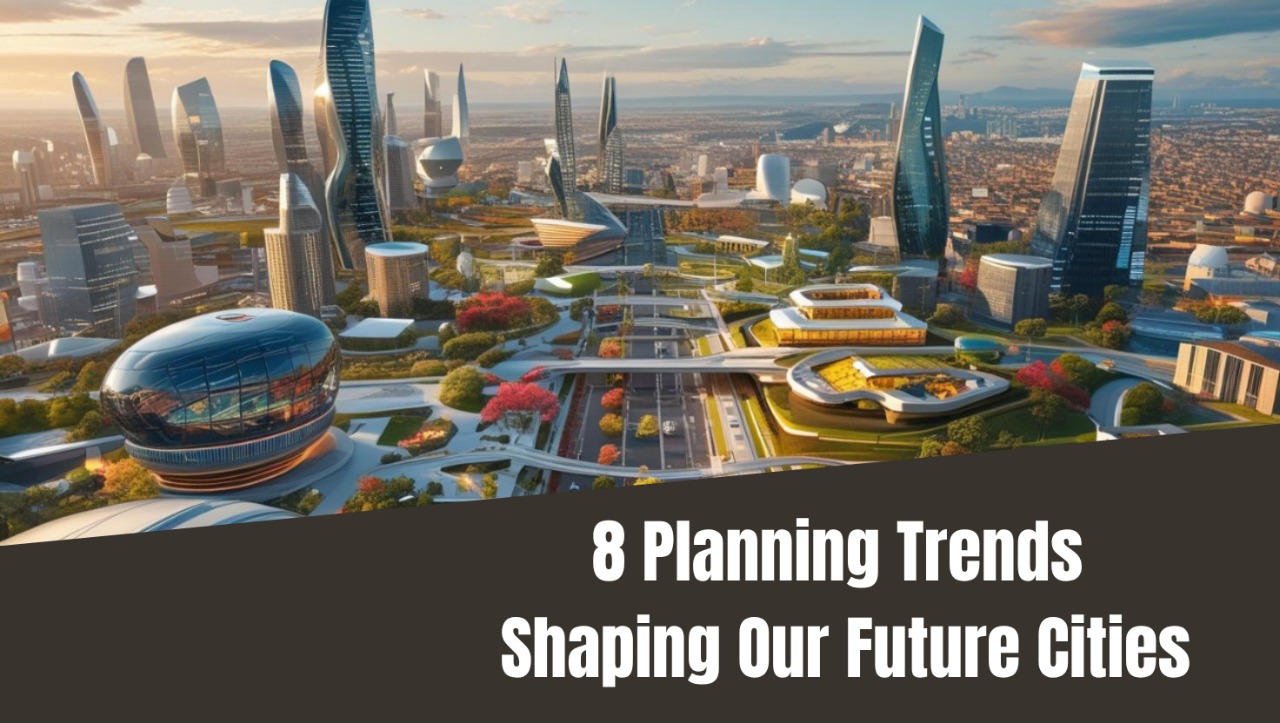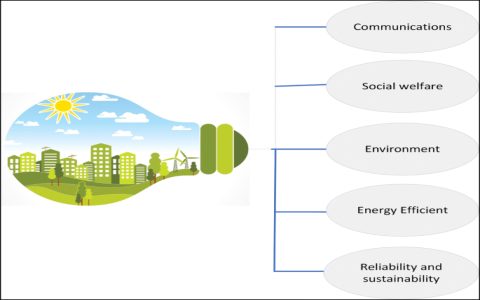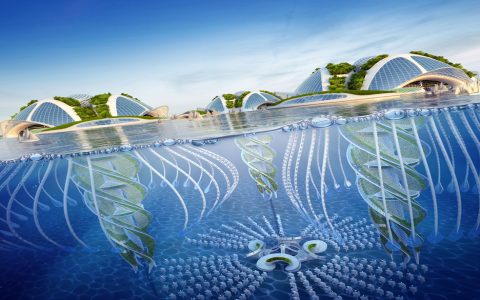Urban design is undergoing a fundamental transformation driven by technological convergence and sustainability imperatives. These emerging trajectories will redefine how cities function, respond, and evolve.
Hyper-Integrated Digital Twins
City-scale digital twins will evolve beyond visualization tools into autonomous management systems. Powered by real-time IoT networks and AI analytics, these platforms will:
- Predict infrastructure failures via embedded sensors in bridges, pipes, and power grids
- Simulate climate event impacts using dynamic environmental modeling
- Enable predictive resource allocation through cross-sector data fusion
Mobility as Adaptive Service
The shift from ownership to Mobility-as-a-Service will accelerate with autonomous fleet integration. Key developments include:

- AI-optimized traffic routing reducing congestion by 25-40%
- Modular electric vehicles serving dual freight/passenger functions
- Underground logistics networks minimizing surface-level delivery traffic
Circular Urban Metabolism
Cities will adopt closed-loop systems where waste streams become resource inputs:
- Building-integrated photovoltaics and kinetic energy harvesting
- Greywater recycling achieving 90% reuse rates in new developments
- District-level material banks for construction component reuse
Neuro-Responsive Environments
Biometric sensing will create spaces that adapt to human physiological states:
- Dynamic lighting/ventilation responding to occupant stress levels
- Acoustic dampening systems triggered by noise pollution thresholds
- Augmented reality interfaces overlaying environmental data on physical infrastructure
Governance Transformation
Blockchain-enabled systems will emerge for:
- Transparent resource allocation auditing
- Resident-owned data marketplaces granting citizens control over personal information
- AI-assisted policy prototyping using behavioral simulation models
Successful implementation requires rigorous cybersecurity frameworks and adaptive regulatory sandboxes. The transition demands cross-disciplinary collaboration between urban planners, neuroscientists, and AI ethicists to ensure human wellbeing remains central to technological integration.







